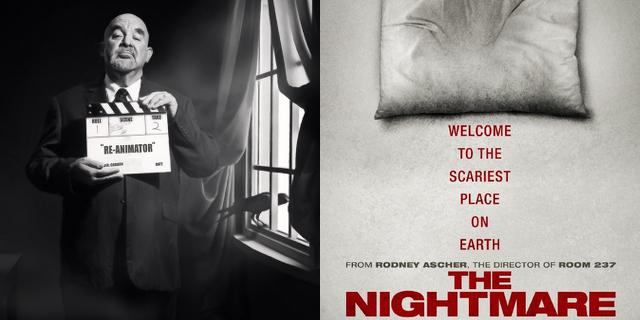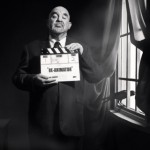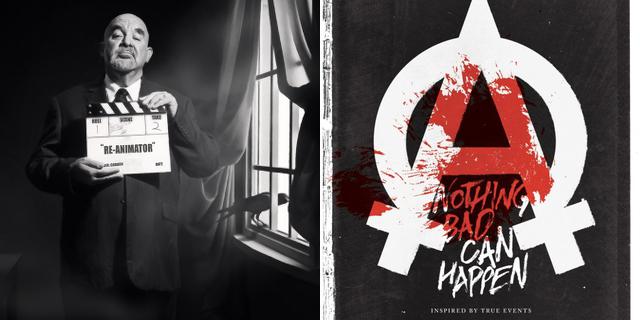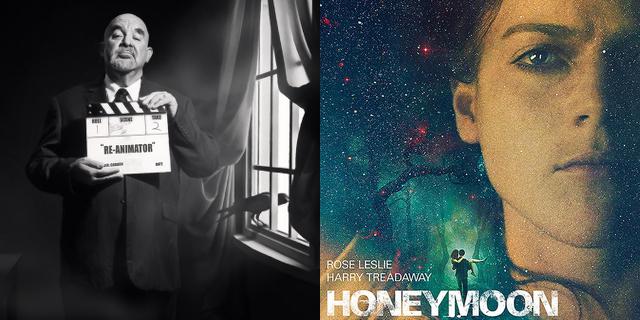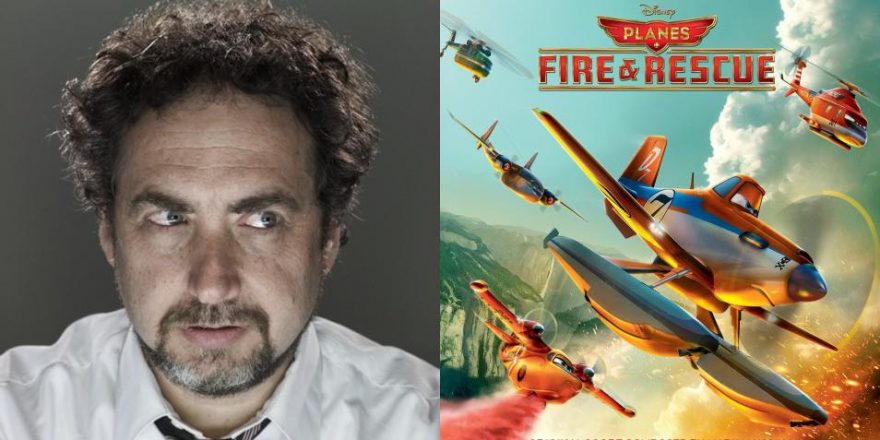This last May Day I found myself in the most famously haunted hotel in America. I was a guest at the Stanley Film Festival, named after the hotel high in the Rocky Mountains that inspired Stephen King’s great book The Shining.
After spending an uneventful first night, I tweeted that I had not yet encountered any ghostly visitations and quickly received a response from the festival. “This can be arranged,” they said. Whoops! Since arriving the day before, I had been hearing stories about nocturnal presences wearing hooded monks’ robes invading the guests’ rooms in the middle of the night. And despite the fact that I was being honored as a Master of Horror by the festival (and was given a shiny fire axe with my name engraved on it), I must admit that I am one of the world’s biggest chickens. The Haunted Mansion at Disneyland is about as extreme an experience as I can usually tolerate.
And it really didn’t help that I saw one of the scariest films I’ve seen in a long time on Saturday night. It was Rodney Ascher’s The Nightmare and what set it apart from the other freaky films being shown that weekend at the Stanley was that it happened to be a documentary. So it was a true story, and as I have learned, truth is always scarier than anything you can imagine. The subject of Ascher’s film is sleep paralysis, the condition in which the subject finds himself literally unable to move as shadowy presences enter his bedroom and sometimes even sit on his chest, making it difficult to breathe.
The film interviews eight people from various walks of life: six Americans, a Canadian and an Englishman, all suffering from this weird phenomenon. But what really makes the film so effective are the re-enactments, showing us what the victims have experienced. We see the creepy shadow people, sometimes with glowing red eyes and mouths full of pointed teeth. Sometimes they resemble the small, grey aliens from films like Communion. The atmospheric score by Jonathan Snipes creates an otherworldly mood and builds tension, keeping us on the edge of our seats, paralyzed with fright ourselves.
We are told that these intruders can inflict severe pain on their victims. One victim compares their touch to mechanical claws tearing at his groin, the pain so intense that he still feels it after awakening. What really got to me was the subject who told his girlfriend about his condition only to have her experience the same thing herself the next night. So does that mean this affliction is contagious? I prayed that it wasn’t as I lay in my bed at the Stanley that night, afraid to go to sleep, fearing shadowy intruders both real and imagined.
Director Rodney Ascher’s last film was Room 237, a bizarre examination of the secret messages supposedly hidden in Stanley Kubrick’s adaptation of The Shining. Ascher himself actually appears in The Nightmare and his questions indicate that he too has suffered from sleep paralysis. After the screening I attended, there was a Q&A and the filmmaker asked the audience how many of them were also victims of this condition. Half of them raised their hands. Yikes!
Everyone has had nightmares. I suffered from them myself for a period of two years after seeing (believe it or not) Abbott and Costello Meet Dr. Jekyll and Mr. Hyde when I was 10 years old. But as bad as those nightmares were, I never found myself paralyzed in my bed, unable to move or call out.
What makes Ascher’s film so effective is the similarity of the eight victims’ stories. The shadow people seem to inhabit all of their dreams, and many even refer to them as demons. One subject recounts how she was only able to make the visions disappear by invoking the name of Jesus Christ, Exorcist-style. The fact that she was not religious at the time makes it even more intriguing, although she has strongly embraced her faith since, and tells us that her sleep terrors have completely ceased.
A number of years ago, I attended a seminar in Vienna on sleep and dreaming where many prominent scientists were in attendance, including Dr. William C. Dement (not Demento), the discoverer of R.E.M. (the phenomenon, not the band). There I learned that although we retain the use of all five of our senses when we dream, we lose the ability to move. So in a sense we all suffer from a form of sleep paralysis.
But Ascher’s film, instead of reassuring us that this is a common human response to dreaming, makes us aware of the bizarre similarities between the tortured dreams of the eight subjects. Somehow they all seem to be experiencing the same things.
Is it possible that these shadowy nocturnal intruders are actually real?



